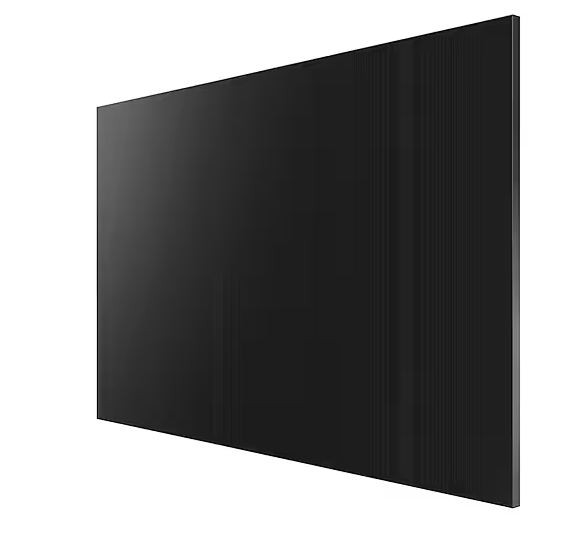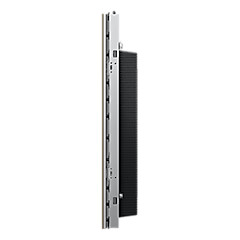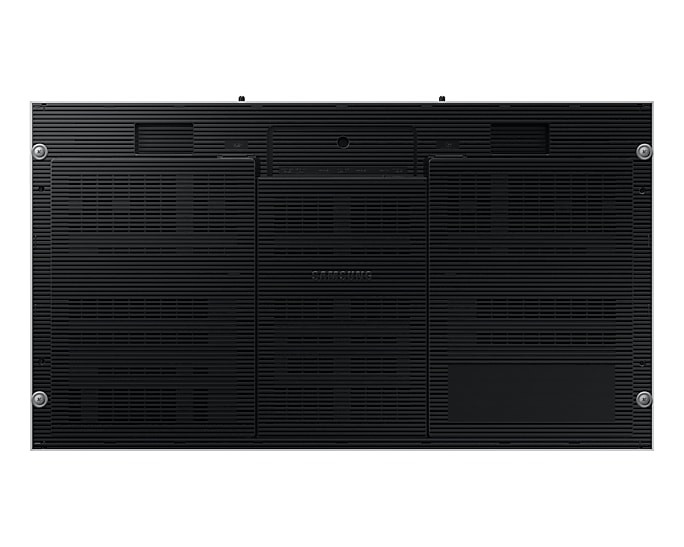Samsung LED Walls
Samsung is known above all for its trend-setting entertainment products. The company is equally successful on the market in the field of digital signage. Samsung offers sophisticated LED wall solutions that have been thought through down to the smallest detail and are characterised by a long service life and simple installation. We offer Samsung LED Walls for indoor as well as outdoor use.
Do you have questions about Samsung LED Walls? Our product experts will help you with any question regarding product integration, installation and order processing. We look forward to your enquiry!

5 Products
Sort by:




































